ultimate knit stitch bible
ultimate knit stitch bible
750 knit, purl, cable, lace and colour stitches


contents

Introduction
Whether youre a knitting novice who is picking up a pair of needles for the first time, or a seasoned professional with years of experience, you will find inspiration and technical know-how within these pages; there is always something to learn and to pass on. This book is divided into five sections. The first one introduces basic combinations of knit and purl. These two stitches can be configured into patterns and constructed into all kinds of fabrics. Texture is the main inspiration for this section. The second section features cable and aran stiches.
These patterns are traditionally romantic, rugged and instantly recognizable; they create wonderful surface interest and give scale to any knitted fabric. You can apply these patterns to an Aran sweater; these are characterized by a large central panel bordered by varying numbers of side panels on a textural background. Usually symmetrical, these side panels are knitted in simpler stitch patterns a useful device for scaling up larger sizes. Even the welts, cuffs and neckbands can be worked with complex stitches to create highly decorative and unique textiles. Lace and eyelets are the focus of the third section. These intricate stitches are intriguing and absorbing and offer endless possibilities for experimentation.
For the beginner knitter, lace knitting may seem daunting as it requires a little more technique wrapping the yarn around the needle a few times, dropping a stitch or two, or (intentionally) slipping unknitted stitches over a knitted one, for example. However, the sense of accomplishing a simple eyelet will encourage you to attempt and experiment with the more complex and challenging effects. The fourth section focuses on colourwork, with most of the designs drawing inspiration from traditional Scottish and Scan-dinavian patterns knitted using the Fair Isle technqiue. Fair Isle knitting uses design repeats and motifs in horizontal and vertical bands, and in small and large panels. Typically, these patterns feature diagonal lines, which means that the colour-change positions are offset, creating an elastic fabric. No more than two colours are used in any row, one colour being stranded across the back of the other.
There is also a symmetry to the patterns, which means they can be easily memorized. Intarsia knitting is a similar technique, though yarn is usually not stranded across the back of the work and patterns often involve larger blocks of colour and picture motifs. The final section concentrates on edgings and trims. From simple yet decorative ribs to intricate lace borders, there is an almost endless variety of edgings. They offer a quick way of turning a plain knit garment into something supremely stylish. Often you will be able to simply add the edging to an existing pattern, but if you need to make some calculations to make a new trim fit an old pattern, you will find advice .
It is usually possible to combine an existing pattern with a fresh edging. As most edgings are worked over just a few stitches, it is easy to knit up a few centimetres to see how a pattern might suit your project. 
Tools and equipment
To master any skill, it is imperative to have a solid foundation in the techniques. This section provides useful information for knitting.
Knitting needles

Cable needle Knitting needles are used in pairs to produce a flat knitted fabric. They are pointed at one end to form the stitches and have a knob at the other to retain the stitches.
They may be made in plastic, wood, steel or alloy and range in size from 2mm to 20mm in diameter. Needles are also made in different lengths that will comfortably hold the number of stitches required for each project. It is useful to have a range of sizes so that tension swatches can be knitted up and compared. Discard any needles that become bent. Points should be fairly sharp, as blunt needles reduce the speed and ease of working. Circular and double-pointed needles are used to produce a tubular fabric or flat rounds.
Many traditional fishermens sweaters are knitted in the round. Double-pointed needles are sold in sets of four or five. Circular needles consist of two needle points joined by a flexible length of plastic. The plastic varies in length. You can use the shorter lengths for knitting sleeves and neckbands and the longer lengths for larger pieces such as the bodies of sweaters.
Other useful equipment
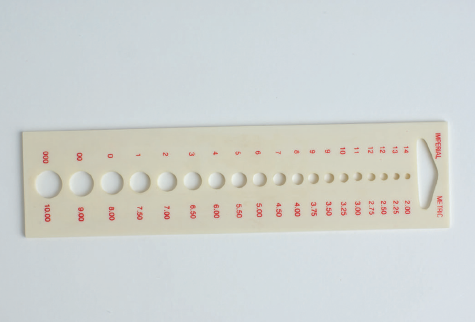
Needle gauge Needle gauges are punched with holes corresponding to the needle sizes.
Other useful equipment

Needle gauge Needle gauges are punched with holes corresponding to the needle sizes.
They are usually marked with both US and metric sizing, so you can easily check the size of any needle. Stitch holders resemble large safety pins and are used to hold stitches while they are not being worked for example, around a neckline when the neckband stitches will be picked up and worked after the back and front have been joined. As an alternative, thread a blunt-pointed sewing needle with a generous length of contrast-coloured yarn, thread it through the stitches to be held while they are still on the needle, then slip the stitches off the needle and knot both ends of the contrast yarn to secure the stitches. Wool sewing needles or tapestry needles are used to sew completed pieces of knitting together. They are large, with a broad eye for easy threading and a blunt point that will slip between the knitted stitches without splitting and fraying the yarn. Do not use sharp-pointed sewing needles to sew up knitting.
A row counter is a cylinder with a numbered dial that is used to count the number of rows that have been knitted. Push it onto the needle and turn the dial at the end of each row. A tape measure is essential for checking tension swatches and for measuring the length and width of completed knitting. For an accurate result, always smooth the knitting (without stretching) on a firm flat surface before measuring it. A crochet hook is useful for picking up dropped stitches.
Knitting yarn

Yarn is the term used for strands of spun fibre that are twisted together into a continuous length of the required thickness.
Yarn can be of animal origin (wool, angora, mohair, silk, alpaca), of vegetable origin (cotton, linen), or man-made (nylon, acrylic, rayon). Knitting yarn may be made up from a combination of different fibres. Each single strand of yarn is known as a ply. A number of plies are twisted together to form the yarn. The texture and characteristics of the yarn may be varied by the combination of fibres and by the way in which the yarn is spun. Wool and other natural fibres are often combined with man-made fibres to make a yarn that is more economical and hard-wearing.

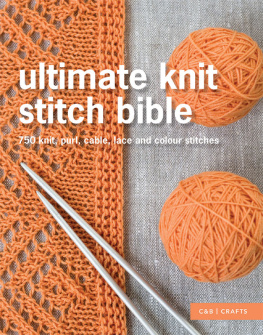

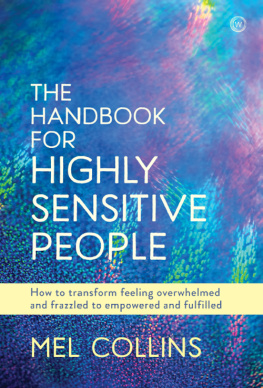
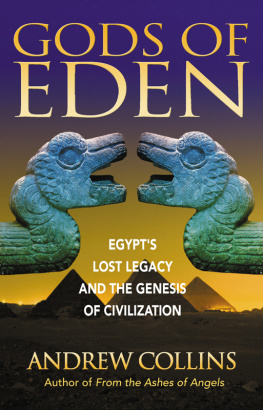
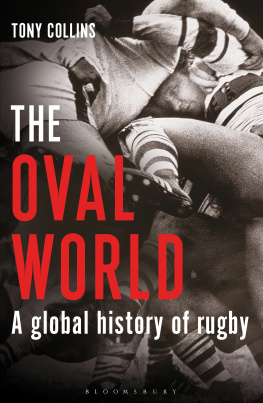
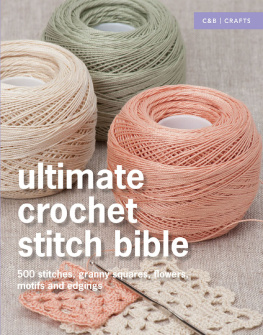
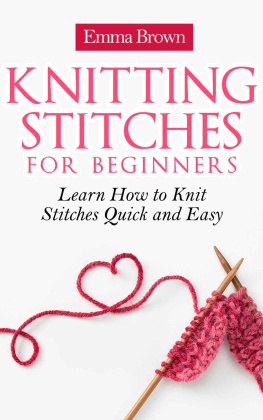

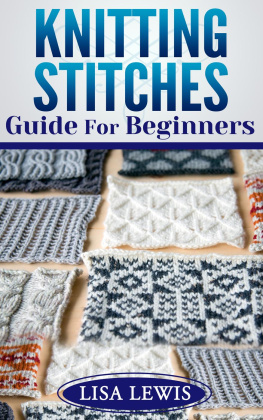
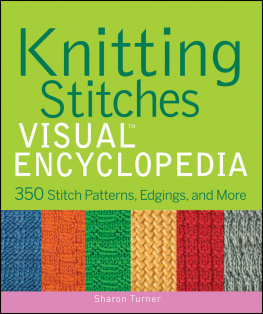
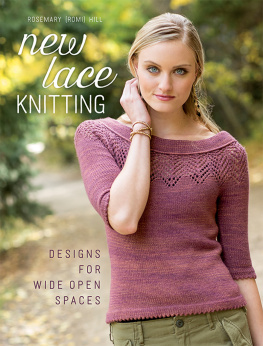
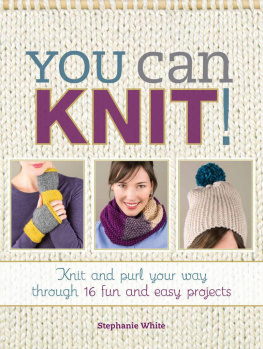
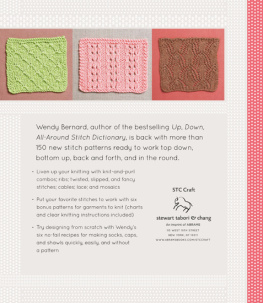
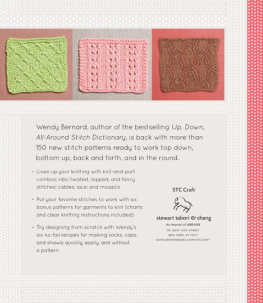




 Cable needle Knitting needles are used in pairs to produce a flat knitted fabric. They are pointed at one end to form the stitches and have a knob at the other to retain the stitches.
Cable needle Knitting needles are used in pairs to produce a flat knitted fabric. They are pointed at one end to form the stitches and have a knob at the other to retain the stitches.  Needle gauge Needle gauges are punched with holes corresponding to the needle sizes.
Needle gauge Needle gauges are punched with holes corresponding to the needle sizes.  Yarn is the term used for strands of spun fibre that are twisted together into a continuous length of the required thickness.
Yarn is the term used for strands of spun fibre that are twisted together into a continuous length of the required thickness.